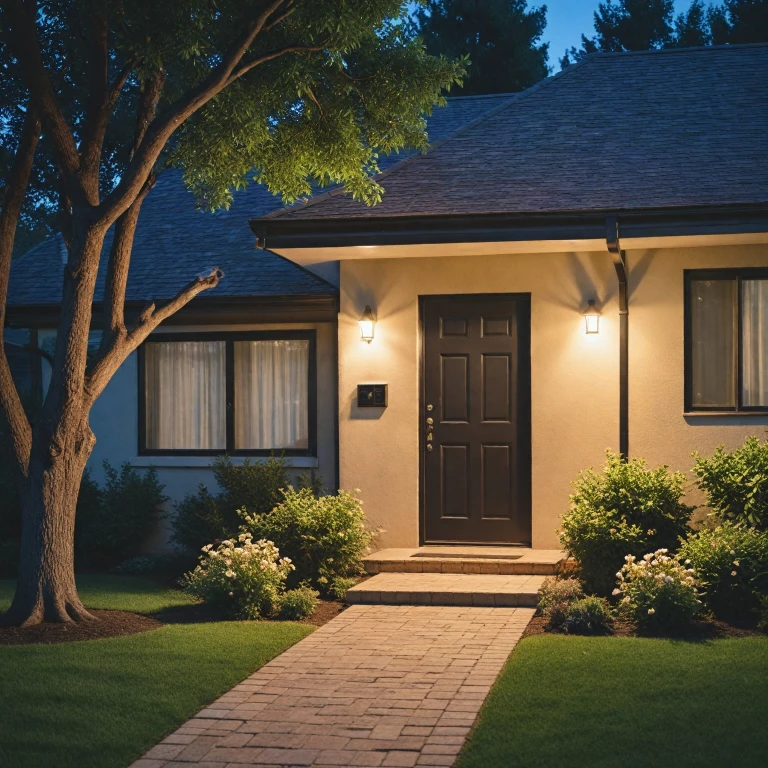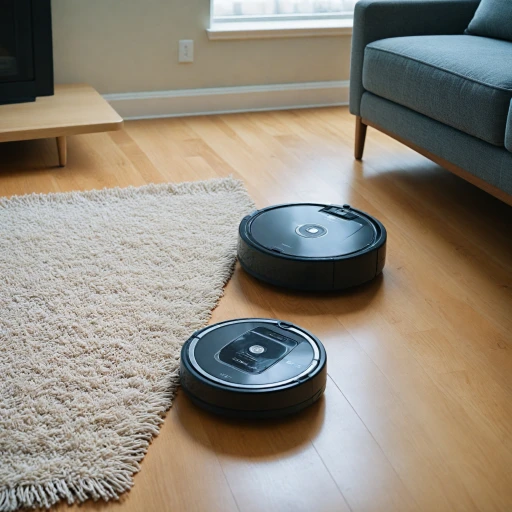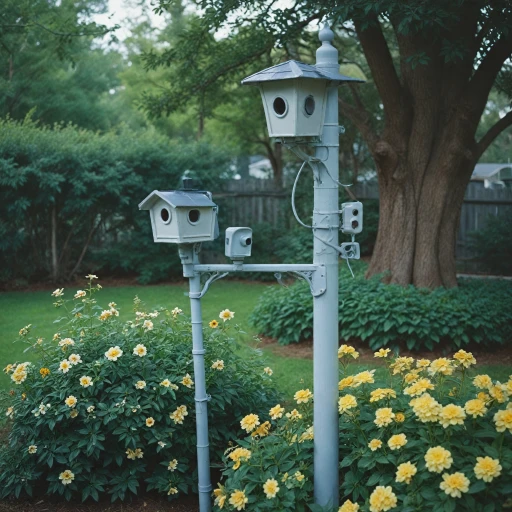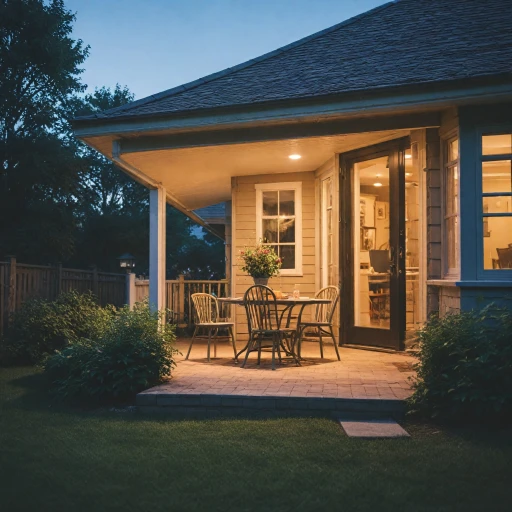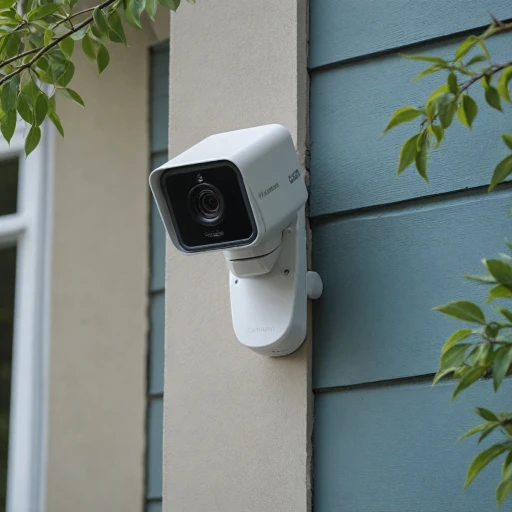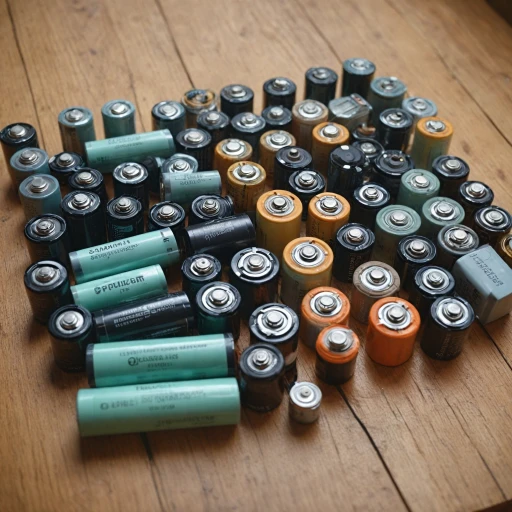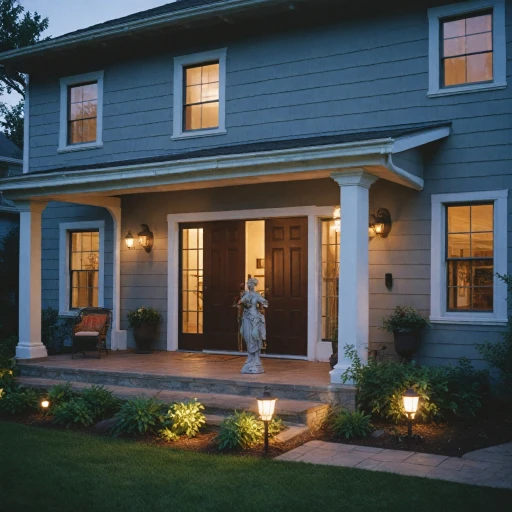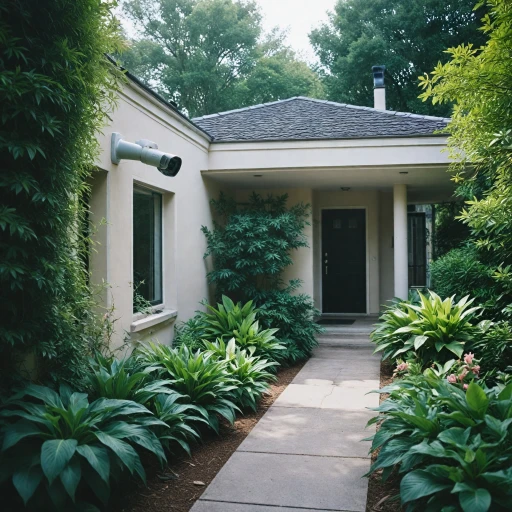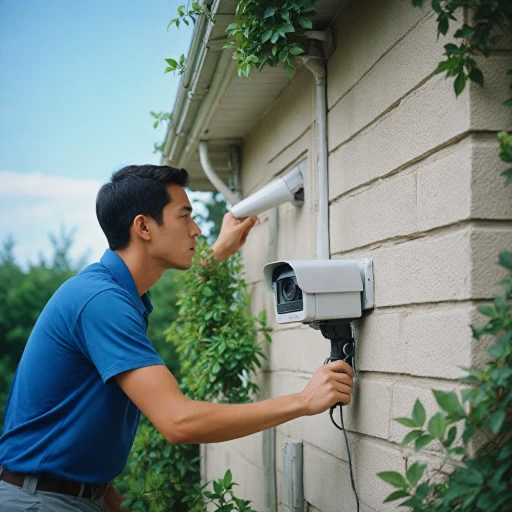
Understanding Cellular Security Cameras
What Are Cellular Security Cameras?
Cellular security cameras are a type of wireless security camera that use cellular networks to transmit data, rather than relying on Wi-Fi or wired connections. This makes them an excellent choice for areas where Wi-Fi coverage is spotty or unavailable. These cameras are equipped with a SIM card, similar to a mobile phone, allowing them to send video and alerts over a cellular network.
How Do They Work?
These cameras operate by connecting to a cellular network, which enables them to send live video feeds and alerts to your smartphone or other devices. This is particularly useful for remote locations or outdoor security where traditional internet connections might not reach. They often come with features like motion detection, night vision, and cloud storage options, ensuring comprehensive surveillance capabilities.
Why Choose Cellular Over Traditional Options?
One of the main advantages of cellular security cameras is their flexibility and reliability in areas without stable internet connections. They are also typically easier to install, as they do not require extensive wiring. For those interested in enhancing home security with a smoke alarm with hidden camera, cellular options can offer a seamless integration into existing security systems.
In the following sections, we will delve deeper into the specific advantages of cellular security cameras, compare them with Wi-Fi options, and explore key features to consider when choosing the best camera for your needs.
Advantages of Cellular Security Cameras
Unveiling the Benefits of Cellular Security Cameras
Cellular security cameras offer a range of advantages that make them an appealing choice for those looking to enhance their outdoor security systems. By leveraging cell networks, these cameras provide connectivity solutions that solve typical challenges faced by traditional wireless cameras. Here's why opting for cellular security can be a smart decision:- Uninterrupted Connectivity: Unlike standard Wi-Fi cameras, cellular models don't rely on a local internet connection, so your surveillance remains active even if Wi-Fi goes down. This feature is especially vital for properties in areas with unreliable Wi-Fi coverage or frequent power outages.
- Remote Monitoring: Stay connected with your security cameras on-the-go using cellular networks. Whether you're at work or on vacation, you can easily access live video feeds, playback footage, and receive alerts right from your smartphone.
- Ease of Installation: Installation becomes a breeze with wireless security cameras, eliminating the need for extensive cabling. Battery-powered cameras with long battery life or those equipped with a solar panel provide extended use without frequent recharges, making them ideal for hard-to-reach outdoor areas.
- Enhanced Motion Detection: Cellular cameras typically include advanced motion detection capabilities. With smart technology enhancements, such as night vision and color night vision, users benefit from improved detection in low-light conditions, ensuring comprehensive surveillance at all times.
- Secure and Scalable Storage Options: Many cellular security cameras offer cloud storage solutions, allowing users to save valuable video footage without the physical limitations of a microSD card. Brands like Arlo and Nest Cam often include this feature in their security systems, providing reliable data storage that is easily accessible over cellular networks.
Comparing Cellular vs. Wi-Fi Security Cameras
Contrast between cellular and Wi-Fi-based security
When considering wireless security solutions for your home, it's important to weigh the differences between cellular and Wi-Fi security cameras. Each comes with its own set of benefits and limitations that cater to different needs and environments.Connectivity and Coverage
- Cellular cameras operate using a SIM card that connects to cellular networks, offering flexibility. This feature is particularly useful in areas where Wi-Fi may be unreliable or unavailable.
- Wi-Fi cameras rely on your home’s Wi-Fi network, which can be efficient within the coverage area but might struggle if the signal is weak or if there are network outages.
Power and Installation
- Battery-powered cellular cameras often come with longer battery life and options like solar panels, making them ideal for outdoor security where power outlets are scarce.
- Wi-Fi cameras usually require a power outlet, which might limit installation locations. However, they usually offer straightforward installation processes.
Data Usage and Storage
- Cellular cameras can incur additional data fees associated with their cellular plans, but they offer reliable streaming and alerts no matter where they are placed.
- Both types of cameras offer cloud storage options like those provided by companies such as Arlo or Nest Cam. However, storage solutions vary based on the model and security systems used.
Feature Set
- Cellular security systems are designed to work seamlessly with other smart home devices. Many models integrate with smart assistants like Alexa and Google.
- Wi-Fi connected cameras might offer better integration with home networks, providing comprehensive smart home security.
Key Features to Look for in a Cellular Security Camera
Essential Features for a Reliable Cellular Security Camera
When selecting cellular security cameras, there are several fundamental features to consider that ensure optimal performance and protection for your home. Battery Life and Power Options Cellular cameras are often battery-operated, making battery life a crucial consideration. Opt for models with rechargeable batteries that offer extended life, ensuring uninterrupted surveillance. Some cameras are equipped with a solar panel option, providing a sustainable power source for outdoor security systems. Advanced Motion Detection The best security cameras come with highly sensitive motion detection capabilities. This feature reduces false alarms and ensures that your system only records when necessary. Look for cameras that can start recording based on motion, which conserves battery life and data usage. High-Quality Video and Night Vision For both day and night surveillance, a camera with HD video quality is essential. Moreover, color night vision technology enhances the clarity of filmed footage in low-light conditions, providing better identification of individuals and details during nighttime incidents. Reliable Wireless Connectivity Cellular cameras function independently of home Wi-Fi networks, relying instead on mobile data. Ensure your chosen model supports a strong connection, usually through a SIM card. This is crucial for areas with weak Wi-Fi signals or when placing cameras in remote outdoor locations. Secure Cloud Storage Options Security cameras equipped with cloud storage provide a convenient way to store and access video footage. While certain subscriptions may come at a sale price, they offer substantial benefits for backing up critical data securely while enabling easy access from anywhere. Smart Home Integration For a seamless experience, consider cameras compatible with smart home systems like Amazon Alexa and Google Nest Cam. This integration can enhance the camera's functionality and allow voice control over your security system. Durable Design for Outdoor Use When installing your cameras outdoors, ensure they are weather-resistant. A robust design will withstand varying weather conditions, maintaining functionality regardless of rain, wind, or temperature changes.Installation Tips for Cellular Security Cameras
Step-by-Step Guide to Installing Your Cellular Security Camera
When setting up your cellular security camera, the process can be straightforward if you follow a few key steps. Here are some tips to help you with a hassle-free installation:- Choosing the Ideal Location: Start by identifying prime spots for outdoor surveillance. Look for areas with optimal coverage, such as entry points and driveway access. This ensures your security cameras capture comprehensive video footage.
- Considering Power Options: Depending on your chosen camera, you'll need to think about power sources. While certain cellular cameras operate using battery power or solar panels for extended battery life, others may require a wired connection.
- DIY Mounting Technique: For a wireless setup, make sure to secure your camera using mounts that provide flexibility in angle adjustments. This is particularly useful for devices like the Nest Cam or Arlo that integrate smart motion detection technology.
- Connecting the SIM Card: Cellular security cameras rely on a SIM card for data transmission. Carefully insert the SIM card into the designated slot within the camera to establish a connection for video recordings to the cloud storage.
- Configuring Smart Features: Enhance functionality by interfacing your device with smart home systems. Many cellular security cameras are Alexa and Google Assistant compatible, and setting this up can enhance notification options and voice command features.
- Ensuring Network Stability: Given the reliance on cellular connectivity, ensure that your desired installation location has strong signal reception. This ensures continuous data transfer without interruptions.
- Adjusting Night Vision Settings: Equip your surveillance system to provide round-the-clock security by calibrating night vision settings. Cameras with color night vision capabilities offer superior clarity in low light conditions.
Addressing Common Concerns and Challenges
Addressing Challenges with Cellular Cameras
When integrating cellular security cameras into a home security system, users might face certain concerns. Understanding and addressing these challenges ensures optimal performance and reliability.
Battery Life Considerations
Many cellular cameras are wireless and rely on battery power. While this offers greater flexibility in placement, it's essential to monitor battery life closely. Opt for cameras with long-lasting batteries or consider using solar panels to extend usage without regular recharging.
Data Usage Concerns
Cellular cameras require a SIM card for data transmission, which can lead to data usage concerns. Selecting a suitable data plan is crucial to avoid unexpected charges. Look for providers offering plans that cater specifically to security systems, often providing unlimited data for continuous coverage.
Video Storage Options
Storage is another critical consideration. Most cellular security cameras offer options like cloud storage, which can be convenient but may incur additional costs. For cost-effective solutions, cameras with microSD card support allow for local storage, providing easy access to recorded footage without the need for extra subscriptions.
Connectivity and Motion Detection
Motion detection is a key feature in modern security cameras. Cellular cameras need reliable network connectivity to send notifications and video clips effectively. Position cameras outdoors in areas with strong cellular signals to enhance their best performance. Partners such as Nest Cam and Arlo often provide robust motion detection features paired with smart integrations like Amazon Alexa or Google Assistant.
Customizing Security Settings
Finally, optimizing features like night vision and setting appropriate motion detection zones can improve camera efficiency. Consider cameras with color night vision for clearer identification at night, enhancing overall surveillance capabilities.
Navigating these challenges with the right solutions in mind can lead to a fully functional, efficient, and reliable security system tailored to specific home security needs.

